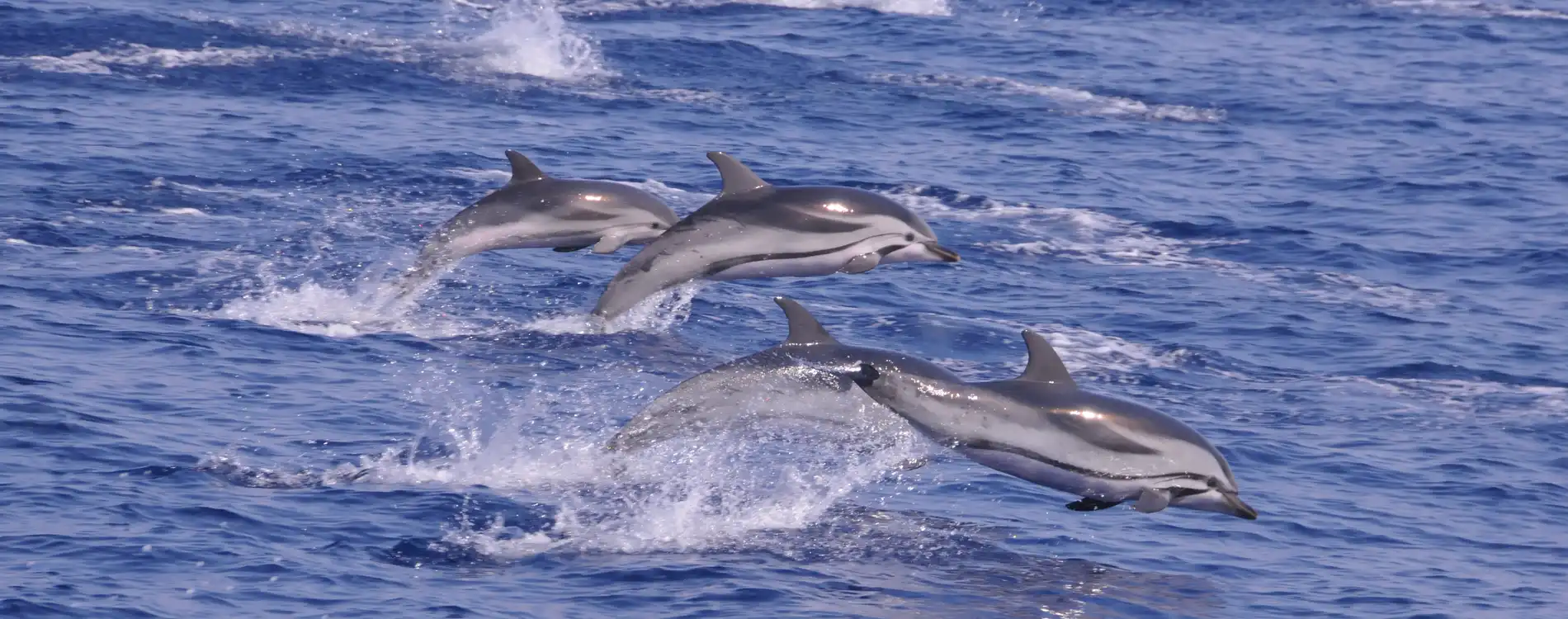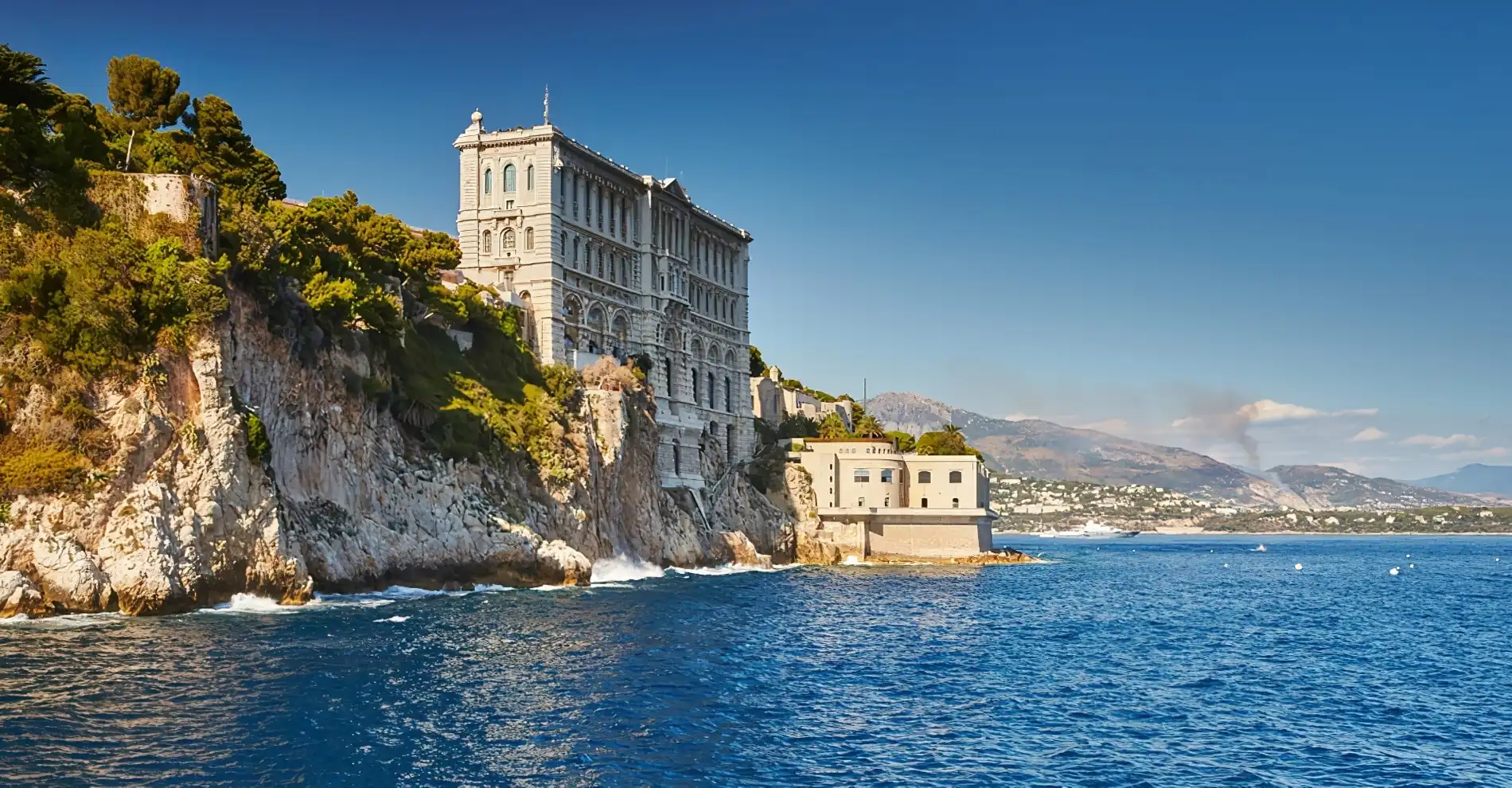Published on June 17, 2024Updated on October 15, 2024
Did you know that there are 87,500km² of protected waters between Monaco, France and Italy that are home to large marine mammals? Its name is the Pelagos Sanctuary. With his background in the yachting world, Benoît Guillaume works with the Prince Albert II of Monaco Foundation on organising trips to observe dolphins, whales, sperm whales and turtles off the coast of the Principality. We met him to find out more.
Cetacean protection in the Pelagos Sanctuary
Following an agreement signed in 1999, these three countries are taking steps to protect cetaceans, whales, sperm whales, dolphins, turtles and rays in their natural environment. “To get the best chance of seeing them, you need to be 20 or 50 kilometres from the coastline; at least an hour or an hour and a half from Port Hercule”, says Benoît Guillaume, who founded Sustainable Whale Watching Monaco two years ago in partnership with the Prince Albert II of Monaco Foundation in an effort to protect the seas and oceans.
How can we approach them?
He goes on: “It’s important not to disturb them by getting too close. If you come at them head-on, for example, you might cause them to veer away from the route they want to take. Our guides are fully trained in best practices, and we do not use any aerial or electronic methods to locate them in the water. It’s important to keep our distance; we observe the whales from around a hundred metres, and only for 10 to 15 minutes each. We deliberately limit this observation time, and it is not possible to swim with the wild animals. With just a flick of a dolphin’s tail, bacteria could be transmitted in either direction."
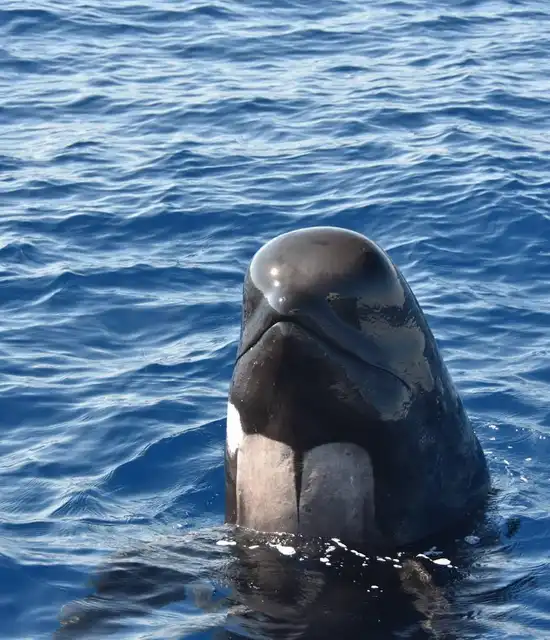
What species are present in the Pelagos Sanctuary?
While we do find bottlenose dolphins and striped dolphins at the sanctuary all year round, other species migrate during the summer. “There are always pilot whales in different sizes and colours, and they all behave differently. Common dolphins, which as their name suggests are found most often in the Mediterranean, gather around the boat, a bit like a peloton of cyclists. During the migration peak from mid-June to mid-August, there is almost a 90% chance of observing certain species such as fin whales. They feed mainly on plankton and make straight-line dives lasting five to 15 minutes, with a straight blast of air. The challenge for us is to be in the right place when they come up for air. They differ in this from sperm whales, which are smaller and dive on their sides, going deeper to eat giant squid. Those animals can dive for 30 minutes in one breath!" adds Benoît Guillaume, who runs private half-day or full-day tours.
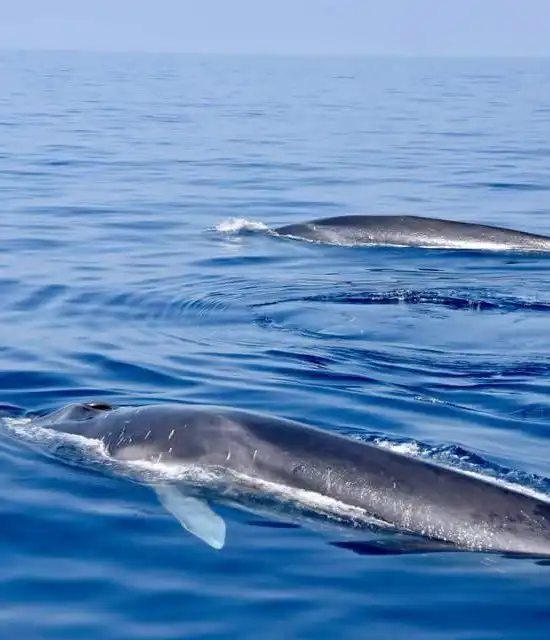
Surveying wildlife in the Principality of Monaco
He adds: “There is also the Mediterranean devil ray, which can grow to more than two metres in length. It generally swims below the surface because it prefers warmer water and can only be seen when the sea is calm. The same goes for turtles. We have actually
received training from the Musée Océanographique de Monaco on what to do if injured specimens need to be brought back. In addition to basic observation, each tour we run is an opportunity to take stock of the wildlife, which we agreed to do as part of the charter we signed with the Foundation. We also donate 5% of our revenue to the Pelagos Sanctuary. These creatures might have swallowed waste, have fishing nets caught in their fins or suffered from a collision with a boat. In terms of plastic… I would love to say that there is less and less, and that the world is doing well, but that is not what is really happening. Through these observations, we are trying to help prevent the problem. Our main aim is not to offer mass tourism options but to organise high-quality encounters.”
You might also like…
Monte-Carlo Cigar Club
Dominique London, a leading light in the luxury cigar world, is teaming up with Monte-Carlo Société des Bains de Mer
to open the Monte-Carlo Cigar Club in 2025. This exclusive new venue promises to be an icon in the making.
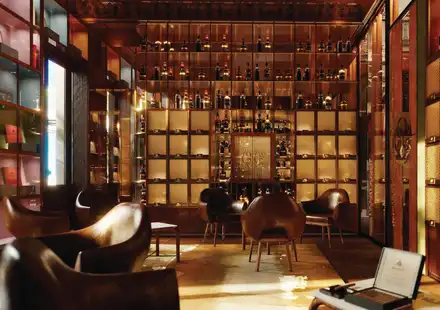
Monaco Basket Association
Monte-Carlo Société des Bains supports the players in the women’s MBA, helping them to move up
the divisions of women’s basketball and represent Monaco on the international stage.

Tales of villas in Monaco
We take a look at some of Monaco's most beautiful villas and the stories they tell about the Principality's history.

